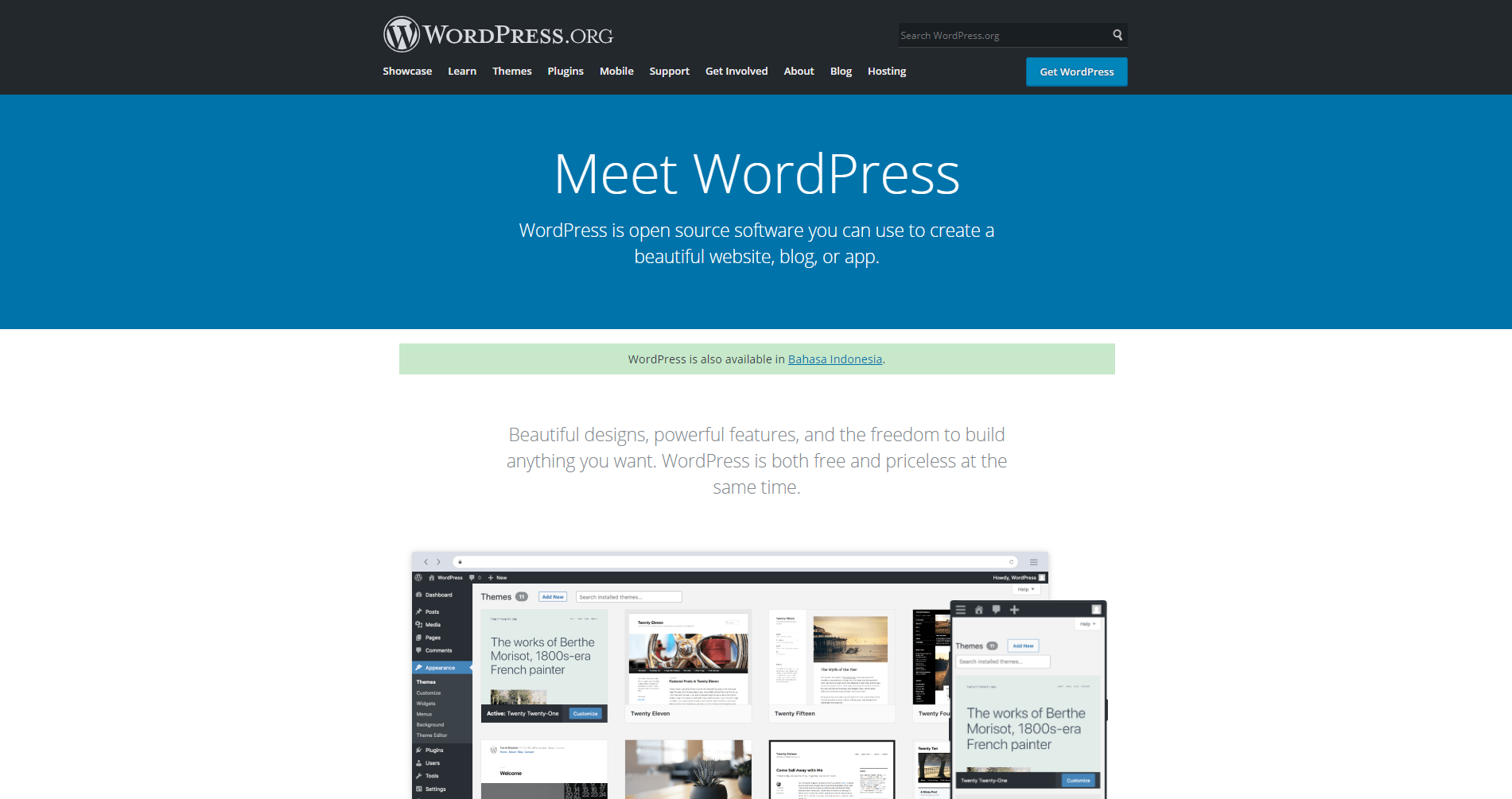In the world of marketing, businesses are always looking for new ways to get ahead. One important strategy gaining traction is using call tracking software. Despite seeming a bit complicated, especially for smaller businesses, mastering call tracking software is more than just adding a new tool. It’s about using it smartly in your marketing plan to make a big impact.
Call tracking isn’t just about giving different numbers to different marketing channels. It’s a smart method that helps businesses figure out which efforts are bringing in phone calls. This information is vital for making smart decisions, improving marketing strategies, and ultimately making the business more successful.
This guide is here to make call tracking activities less confusing. It takes you through the details step by step and provides practical tips. Let’s start this journey to discover how call tracking activities can transform your business’s marketing efforts.
Understanding the concept of Call Tracking Activities
Before delving into the details of implementation, it’s essential to grasp the fundamental concept of call tracking.
Call tracking software is a tool or system that enables businesses to monitor, analyze, and manage their inbound & outbound phone calls. It provides a comprehensive set of features designed to track and gather data about incoming calls, helping businesses understand the effectiveness of their marketing efforts, optimize customer interactions, and make informed decisions.
Essentially, call tracking involves the allocation of unique phone numbers to different marketing channels, such as newsletters, Facebook or Google ads.
Optimizing call tracking involves refining strategies, leveraging advanced analytics, and integrating data-driven insights to enhance the overall performance and effectiveness of inbound call monitoring for businesses.
The strategic implementation of call tracking becomes indispensable, offering real-time insights that can significantly impact daily profits.
Key Steps for a Successful Call Tracking Strategy
1. Taking Baby Steps with Call Tracking:
The incorporation of new tools into business processes can be overwhelming. To navigate this complexity, it’s crucial to start small and prioritize essential features.
Call recording is a foundational element, allowing businesses to record and analyze inbound and outbound calls. This feature enhances knowledge about customer needs, facilitates the creation of personalized experiences, and aids in developing stronger relationships.
Additionally, utilizing Dynamic Number Insertion (DNI) for tracking caller journeys provides a holistic view of visitor behavior, helping optimize campaigns.
2. Sales and Marketing Collaboration:
The alignment between sales and marketing teams is pivotal for sustained business growth. Historically, these teams worked collaboratively, sharing goals, strategies, and processes.
Call tracking software serves as a bridge to reignite this collaboration. Insights from call data, accessible to both teams, enable marketers to optimize campaigns and allocate budgets effectively, while sales teams leverage features like call recordings and transcriptions to enhance performance and caller experience.
Aligning sales and marketing with lead management feature in call tracking software enables seamless coordination between teams, fostering collaboration in tracking, nurturing, and converting leads for enhanced business success.
3. Budget-Friendly Approach:
Choosing the right call tracking method within budget constraints is crucial. Various providers offer distinct pricing plans, making it challenging to select the most cost-effective option.
The first step in a budget-friendly call tracking strategy is a careful examination of available pricing plans. Many call tracking software providers offer distinct plans with varying features and pricing structures.
It’s crucial to conduct a thorough comparison, considering not only the cost but also the specific needs and functionality required for your business. This step ensures that you invest in a solution that aligns with your budget constraints while delivering essential features.
4. Integrate Call Tracking with CRM Systems:
For a comprehensive understanding of customer interactions, it is crucial to integrate call tracking with Customer Relationship Management (CRM) systems.
This integration enables businesses to connect call data with customer profiles, purchase history, and other relevant information. By having a centralized repository of customer data, businesses can personalize their approach, tailor marketing campaigns, and provide a seamless customer experience.
For instance, Integrating call tracking with Zoho CRM offers a streamlined approach to managing customer interactions and enriching your CRM database.
As a small business owner utilizing Zoho CRM, the integration begins with configuring settings in both systems to facilitate secure communication. When a customer makes a call, the call tracking system automatically associates relevant data, such as call duration and source, with the corresponding contact in Zoho CRM.
For new leads or customers, the integration prompts the creation of a new contact entry, including details from the call. The real-time updating ensures that existing records in Zoho CRM are enriched with the latest information, empowering your team to personalize future communications based on customer preferences and inquiries.
This integrated approach not only centralizes customer data but also facilitates efficient follow-ups, enabling your business to deliver a more personalized and responsive experience to each customer.
5. Instant Insights with Call Tracking:
One important thing call tracking tells us is how long each call lasts. This helps businesses see how deep customer inquiries are, finding patterns that can improve how they interact with customers. Knowing where calls come from is also crucial. Call tracking attributes each call to a specific source and medium, helping businesses figure out which ads or websites bring in the most calls. This helps in using resources wisely.
Call tracking gives us data on conversion rates, showing the percentage of calls that lead to sales or appointments. This helps businesses see which marketing strategies work best and where to invest more. Learning about the demographics of callers is another benefit. Call tracking can tell us about the location, age, and other details of callers. This helps businesses tailor their marketing to specific groups of people.
Reports on campaign effectiveness show how different marketing efforts contribute to call volume. This helps marketing teams improve their strategies and get the most out of their campaigns. Understanding missed calls is important too. Call tracking generates reports on missed calls, showing where they come from. This helps businesses not miss out on opportunities and fix things quickly.
Conclusion:
In conclusion, the implementation of call tracking is not merely a technological choice but a strategic approach to gaining granular insights into customer behavior, optimizing marketing activities, and ultimately driving business success.
By embracing the recommended strategies and features – starting small, aligning sales and marketing, being budget-conscious, using local numbers strategically, and harnessing real-time data – businesses can unlock the full potential of call tracking. It’s not just a tool; it’s a pivotal step towards creating a customer-centric, data-driven, and successful business model in the competitive marketing landscape.



















